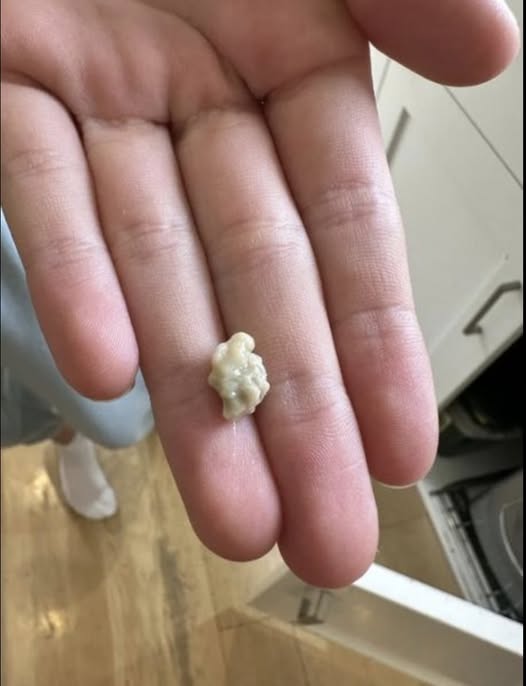If you’ve spent any time on the internet lately, you’ll know it’s a treasure trove of fascinating, weird, and sometimes downright gross content—especially when it comes to the human body. From pimple popping and cyst draining to earwax removal, there’s something oddly captivating about seeing what our bodies are capable of. But one trend that caught my attention recently? Tonsil stones.
I’ll be honest: until I saw a viral video about them, I had no idea tonsil stones were even a thing. Curious (as always), I did some digging—and now I’m here to pass along everything you should know.
So, what exactly are tonsil stones? According to the Mayo Clinic, they’re small, hard lumps that form in the crevices of your tonsils. They’re typically white or yellow and made up of trapped debris—things like food particles, dead cells, calcium deposits, bacteria, or even fungi. Gross, right? But thankfully, they’re usually harmless and often go unnoticed.
That said, tonsil stones can cause some unpleasant symptoms if they grow large or become frequent. These may include bad breath, sore throat, ear pain, trouble swallowing, or a persistent cough. Still, they’re far more common than most people realize—affecting around 3 million Americans every year.
If you’ve never had one, you’re lucky. But if you have, you’ll be glad to know that removing them isn’t all that difficult. Many people manage it at home using simple methods like gargling salt water, coughing forcefully, or gently using a cotton swab to coax the stone out. Of course, if they become chronic or bothersome, it’s worth speaking to a doctor about options like tonsillectomy or other preventative steps.
The video that sparked my curiosity showed a person removing a tonsil stone—and let me tell you, it was intense. Not for the squeamish! But I couldn’t look away. There’s something deeply satisfying about watching the body clear out unwanted buildup.
Had you heard of tonsil stones before? Ever had one yourself? If so, you’re definitely not alone. They may not be glamorous, but they’re a surprisingly relatable part of our biology.
If this kind of body science intrigues you, stick around—there’s always more where that came from.
